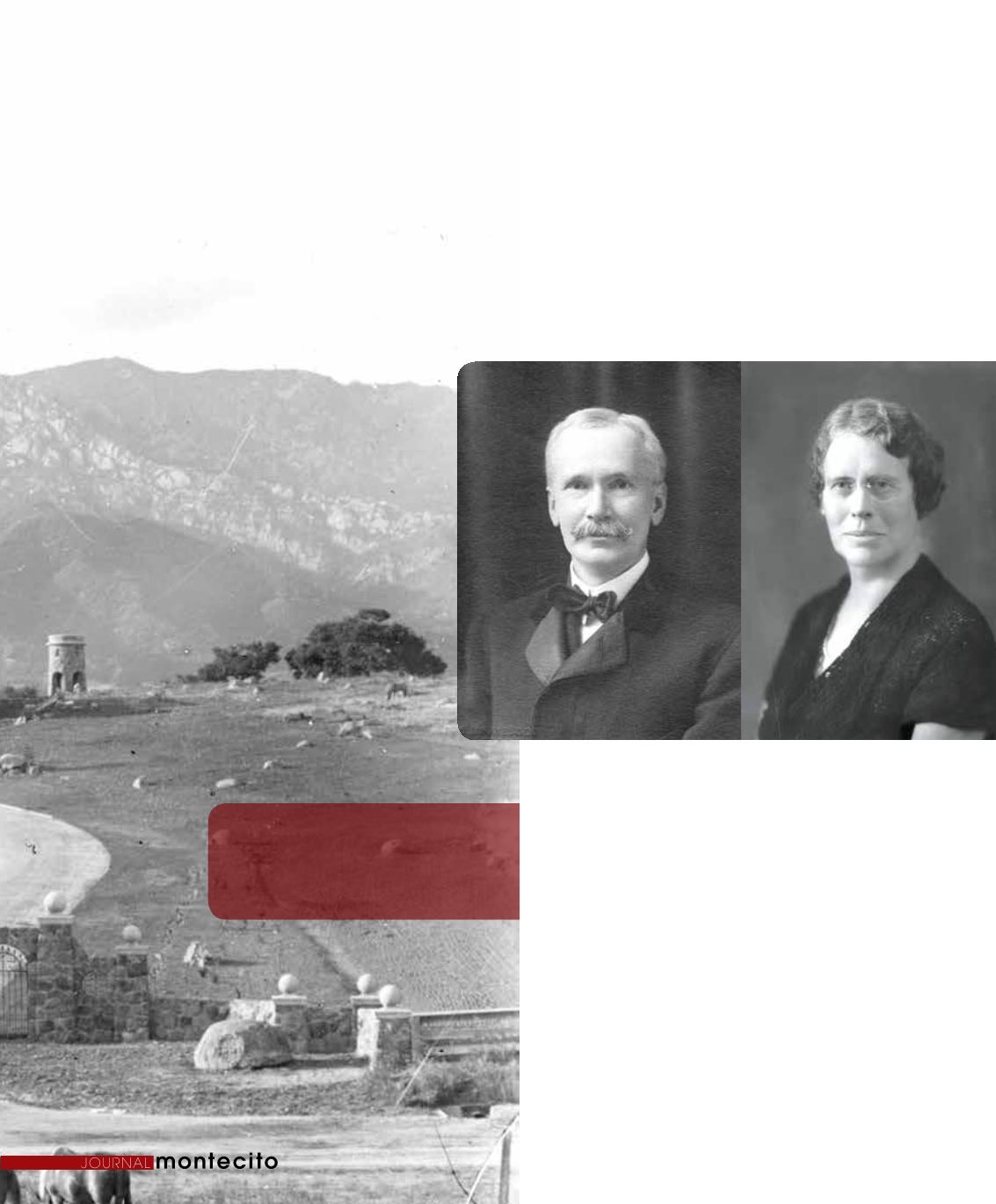
winter
|
spring
53
D
ecember 11, 1895
: The grand old Hudson-River estate
of
Woodcliffe
was bedecked with blossoms and vines in
preparation for the wedding of Miss Mary Corning Winslow of
Poughkeepsie, New York, to Mr. Clarence Alexander Black of
Detroit, Michigan. A bower of Easter lilies and roses filled the
spacious drawing room, and a wedding bell of white carnations
and hyacinths hung above the nuptial altar. The bride wore her
mother’s wedding gown of white satin with a veil of appliqué
lace and orange blossoms.
Forty-four year-old Clarence and 22-year-old Mary had
met while each was spending a year in Europe. Mary’s father,
John Flack Winslow (1810-1892), had amassed a great fortune
through the iron business. He was best known for promoting and
financing the building of the USS
Monitor
during the Civil War.
Clarence was the son of a Scottish immigrant who
moved his family ever westward until they reached Detroit.
There, Clarence became a prominent businessman, eventually
expanding the family hardware business to Seattle. And it was to
Seattle that the newlyweds were bound.
In her wedding journal, Mary wrote, “Do many brides
take a honey-moon tour of three thousand six hundred and fifty
miles, I wonder.”
Upon their departure, the couple fled a storm of rice and
were driven to the train station in the same carriage that had
carried her parents on their wedding day. They caught the 5:24
pm train and began a 13-day journey that ended at the home of
Clarence’s brother, where Mary found the reception both warm
and loving.
“We fell asleep the night before Christmas with full hearts,
rejoicing in our new life and perfect heaven-sent-happiness,”
Mary wrote. In January, they returned to Detroit and settled in
to married life.
El Cerrito
, the Black estate on the west-facing
slope of Santa Barbara’s Riviera circa 1915
(Courtesy Santa Barbara Historical Museum)


